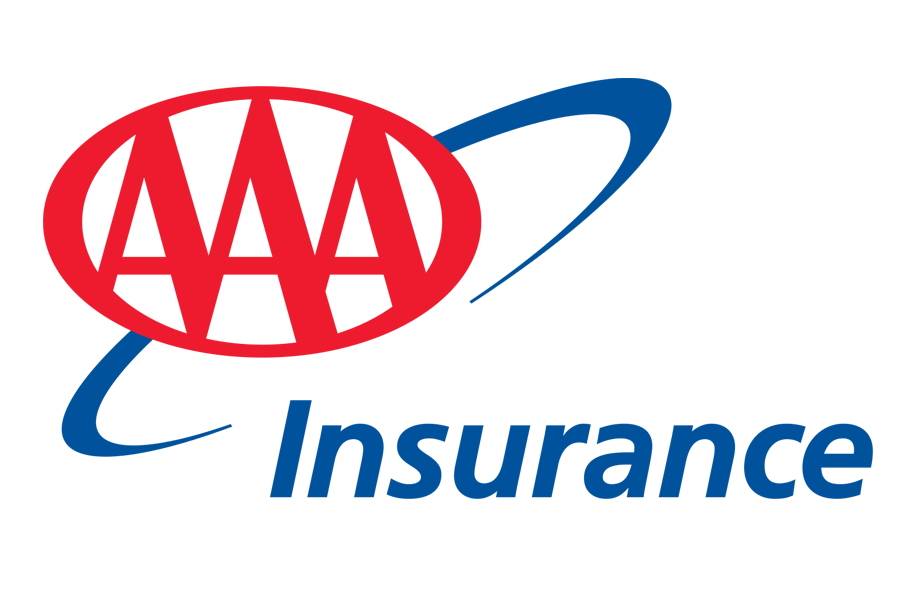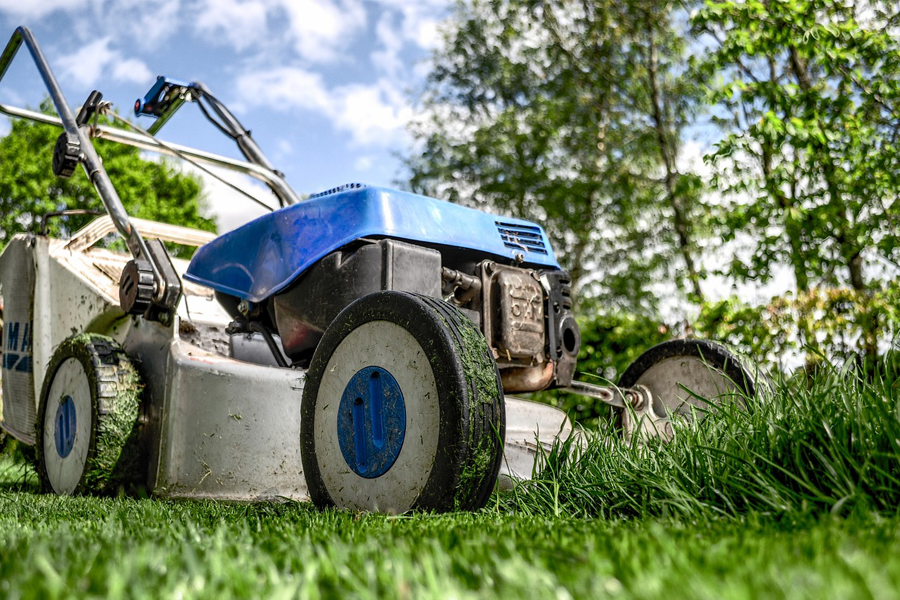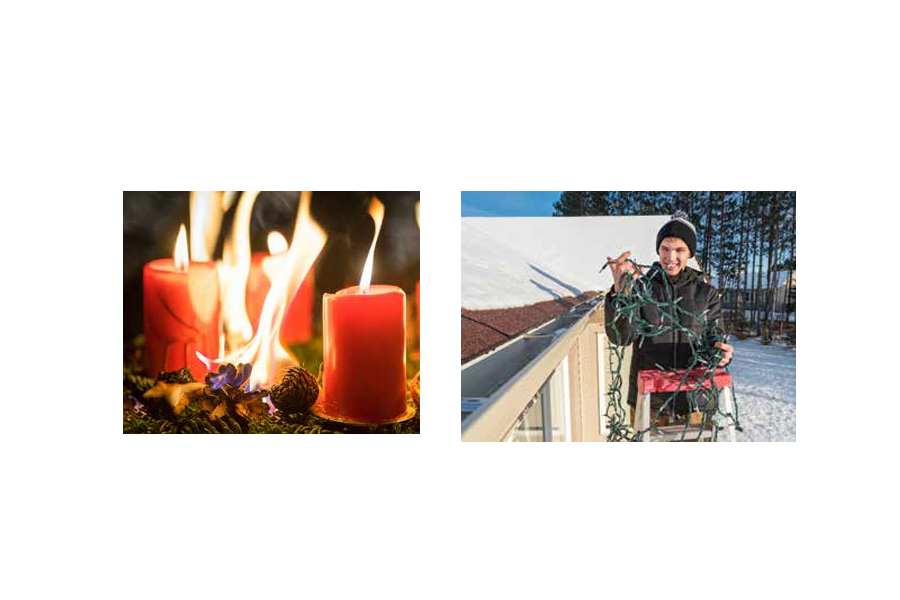A Family Plan Makes a Difference in Disasters

While it’s impossible to predict exactly when a disaster may strike, taking time to plan ahead can help your family prepare for the unexpected and ensure their safety at home or in the car.
When disaster strikes, there’s often little time to react or prepare. Putting a disaster plan in place ahead of time – and making sure everyone in the household is familiar with it – is the best way to prepare for an emergency.
Create a Disaster Preparedness Plan
- Prepare Emergency Kits. Emergency kits for homes and autos should include a three-day supply of water and nonperishable food for each person, as well as a flashlight, hand-crank or battery-powered radio, batteries, extra cash, cell phone with extra battery and charger, first-aid supplies, critical medications and basic personal hygiene products. Also useful for a car kit are local maps, blankets, shoes, flares and a basic toolkit.
- Practice First Aid. Learning CPR and emergency first aid can save the life of a family member or friend.
- Find Commute Options. Consider how different types of natural disasters might affect your commute and determine alternative routes or forms of transportation to get home. Keep a list of bus, ferry and train routes.
- Map It. Map out several evacuation routes from your home and neighborhood.
- Be School Smart. If you have young children and can’t retrieve them from school, be aware of school emergency procedures and understand what authorization is required for them to be released to someone other than you.
- Meet Up. Consider where family members might be during a disaster, how they will get to a safe place and how you will communicate with each other. Agree upon a predetermined meeting place in case you and your family members are unable to return home and communications systems are down.
- Make Contacts. Program out-of-state emergency contact numbers into all cell phones and include this information on luggage tags.
- Plan for Pets. Make pets a part of your plan by creating a pet emergency kit including pet food, toys and a leash. If you are unable to evacuate with your pet, a pet rescue sticker affixed to a front window can alert rescuers that your pet may be trapped inside. Identify pet-friendly accommodations since pets are not always allowed in emergency shelters. Also, consider microchipping pets, so they can be easily identified if you're separated.
- Assign Tasks. Create a chart of important emergency-related tasks – notifying family members, managing supplies, handling pets, monitoring emergency broadcasts, etc. – and assign each one to a household member.
- Take Cover. If there is no time to evacuate, you may need to shelter in place, so it’s important to identify these locations ahead of time. Depending upon the disaster, this could be a storm cellar or basement, a lower room without windows or even under a large, strong table.
- Make an Inventory. Document your possessions on paper or with a video camera or smartphone. Note the replacement costs of your most valuable items, then talk to your insurance agent or insurance customer service to be sure you have the right coverage.
- Review Your Plan. Review the written plan every six months and keep it stored in a paper file, as well as on the computer desktops and smartphones of the members of your household. Consider storing it online.
- Check Your Coverage. Find out if your insurance policy covers the types of disaster-related damages that could impact your neighborhood. Standard home insurance policies do not provide coverage for earthquakes and floods.
To find out more about auto and home insurance coverage, visit your local AAA Insurance agent, click AAA.com/Insurance or call 866-222-0937 to review eligibility for discounts and any coverages you might need.




